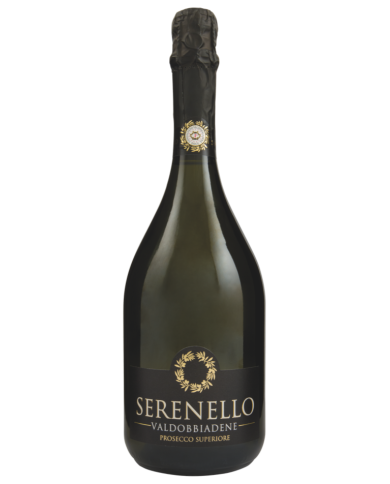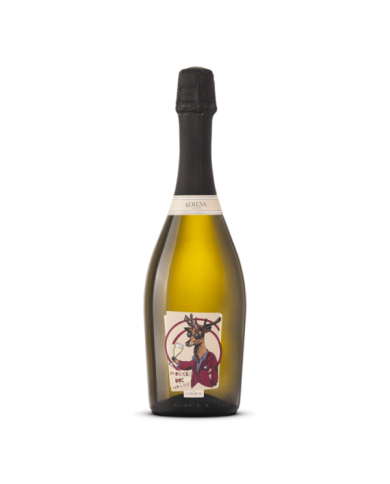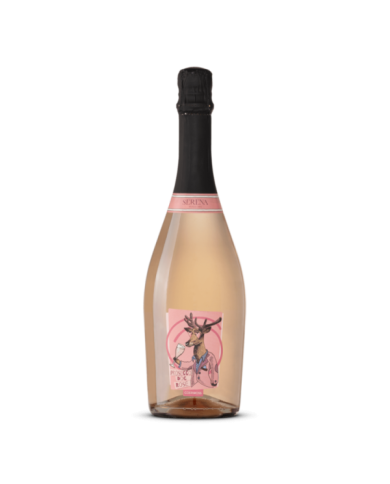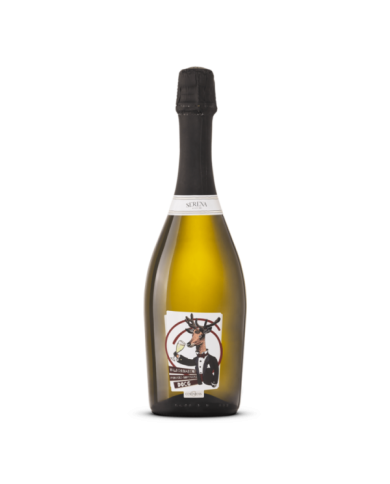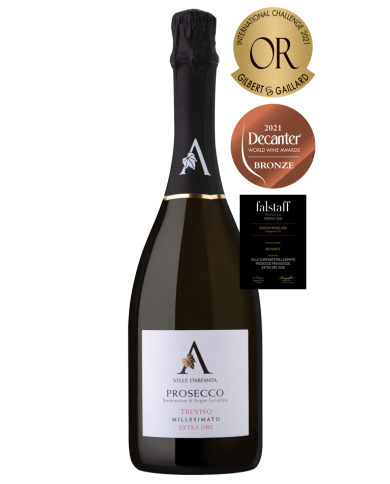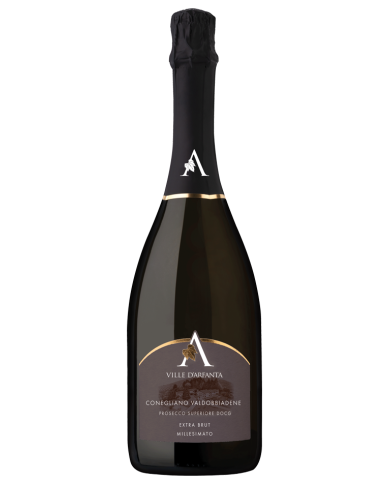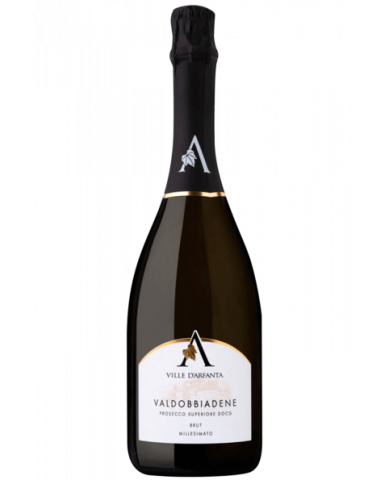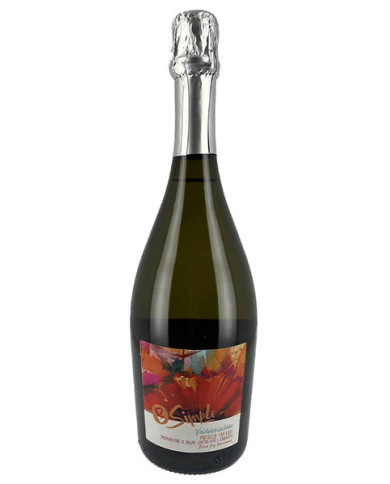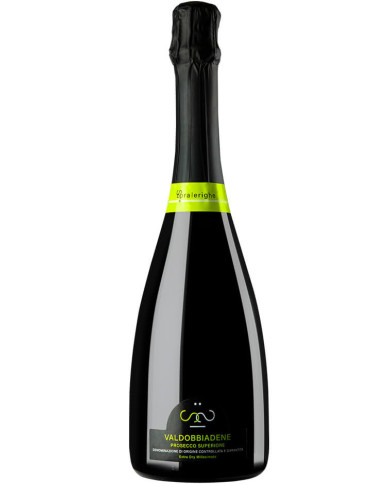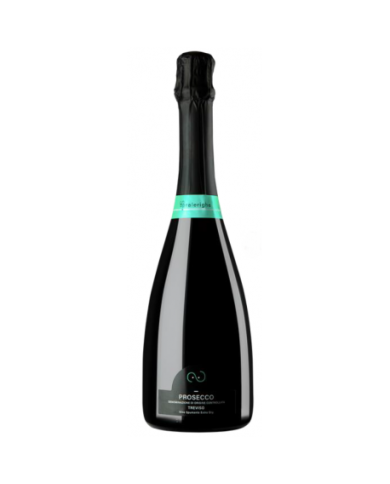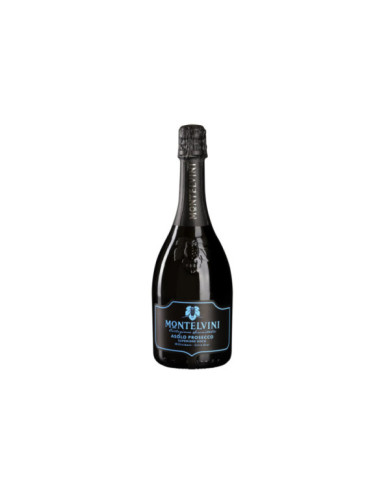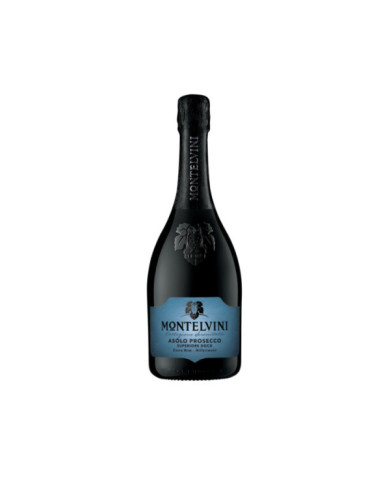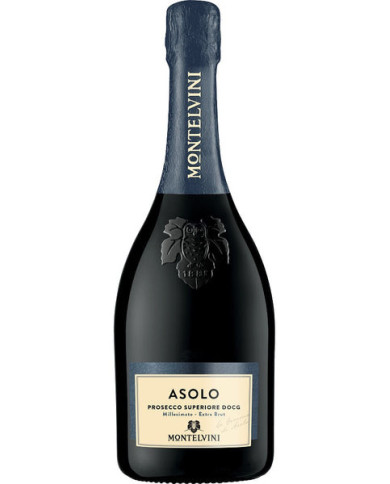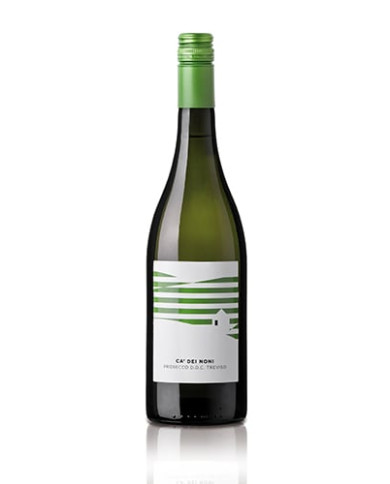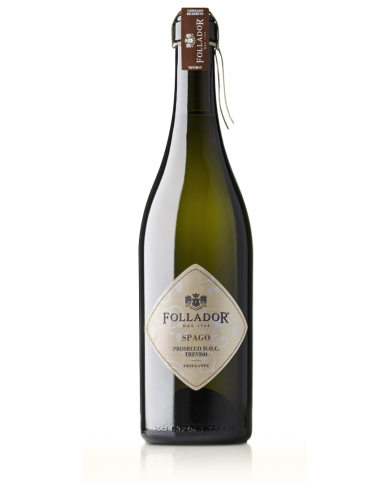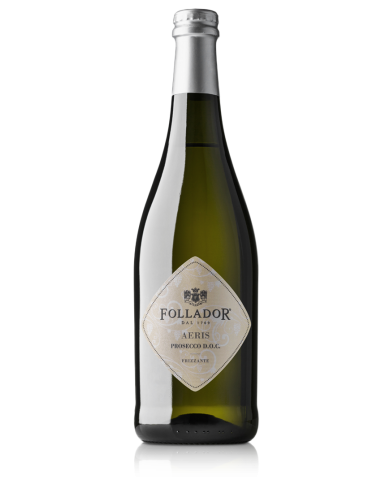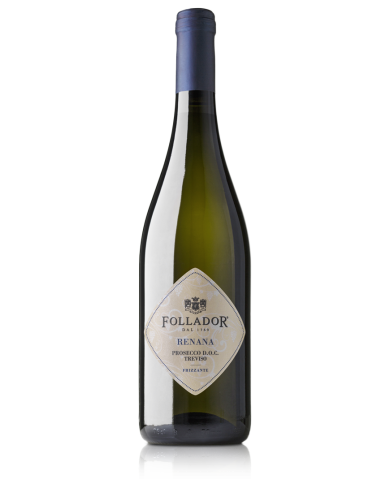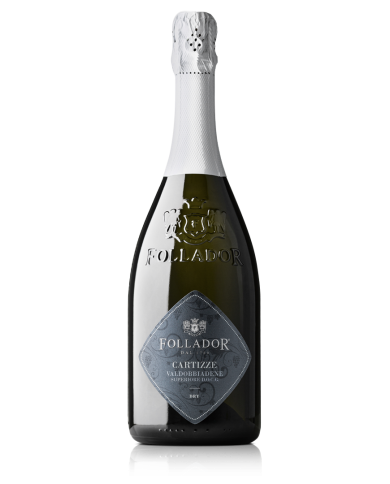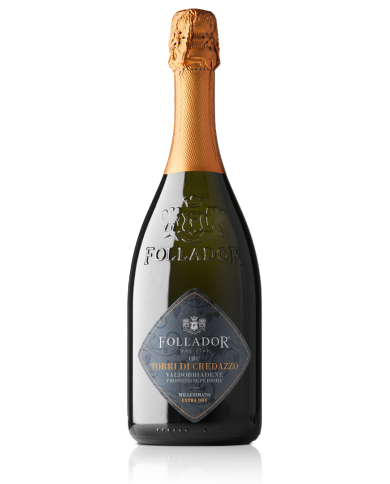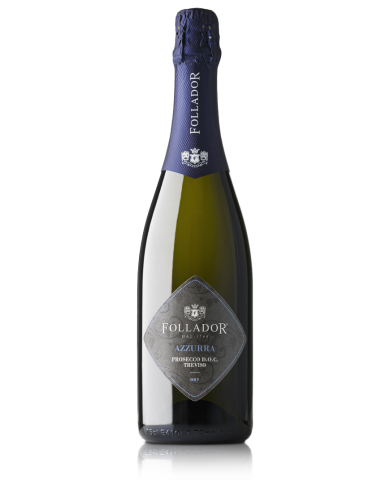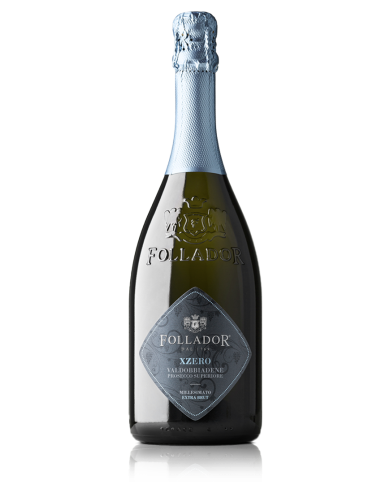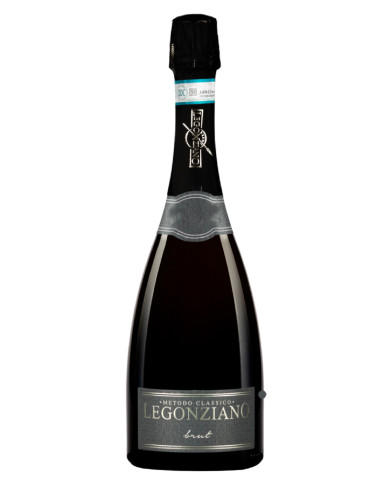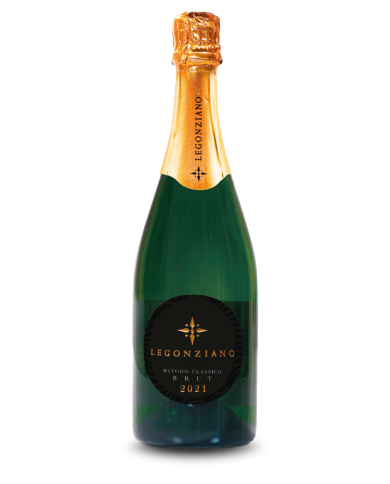Brilliant straw yellow color with subtle greenish reflections, the nose is a symphony of aromas that tell of yellow apple and acacia flowers, chamomile and peanuts, with subtle jasmine tones. Fresh, very pleasant, balanced on the palate, it is enriched by the creamy grain of effervescence which makes it truly enchanting.
Excellent Prosecco Extra Dry from 85% Glera grapes and a blend of Chardonnay, Pinot Bianco and Pinot Grigio. Straw yellow with a fine and persistent perlage. Excellent persuasive aromas and beautiful and delicious bubbles on the palate. Excellent pairing with fresh and light dishes, but also with first courses or naturally as an aperitif.
Ideal wine for those who like the typicality of Prosecco, but without bubbles. Straw yellow in color with greenish reflections, it is distinguished by the characteristic bouquet of green apple, acacia flowers and wisteria. Excellent combination of fullness and flavor. Excellent throughout the meal based on light dishes, fresh and medium-aged cheeses.
Prosecco Designation: A Journey Through History and Culture
What is Prosecco? Simply put, it's a sparkling wine of Italian origin, famous all over the world. But the Prosecco Designation tells us much more. It allows us to take a journey through history, culture, and the art of winemaking.
The History of Prosecco
The Origin of Prosecco
Prosecco has its roots in Northeastern Italy, and its name comes from the word "prosech", which in the local dialect means "forest". The origin of this sparkling wine dates back to the 16th century.
The Evolution of Prosecco
Over the centuries, Prosecco has undergone a radical transformation, changing from a sweet and semi-dry wine to a dry and fizzy wine, loved all around the world.
Types of Prosecco
Prosecco DOC
Prosecco DOC, or Denomination of Controlled Origin, covers a vast area extending between Veneto and Friuli Venezia Giulia.
Prosecco DOCG
Prosecco DOCG, or Denomination of Controlled and Guaranteed Origin, represents the pinnacle of Prosecco production, with unparalleled quality and uniqueness.
Superiore di Cartizze Prosecco
Superiore di Cartizze Prosecco is considered the jewel in the crown of Prosecco, produced only in a small area of the Prosecco region.
How Prosecco is Made
The Winemaking Process
The production of Prosecco follows the Charmat or Martinotti method, a winemaking process that involves a second fermentation in autoclaves.
The Importance of Terroir
The terroir, i.e., the soil, climate, and environment where the vines grow, plays a fundamental role in the quality and character of Prosecco.
How to Taste Prosecco
How to Serve Prosecco
Prosecco is served cold, preferably in a champagne glass, to fully appreciate its fruity and floral aromas.
Food Pairings with Prosecco
Thanks to its versatility, Prosecco pairs perfectly with a wide variety of foods, from starters to dessert.
Prosecco in the World
Prosecco in Italian Exports
Prosecco represents one of the most important Italian wine exports, loved in both Europe and the United States.
The Influence of Prosecco on Culture
Prosecco has had a significant impact on culture, becoming a symbol of Italian living, synonymous with celebration and conviviality.
The Prosecco Designation is not just a mark of quality, but represents passion, tradition, and the art of Italian winemaking. Prosecco, with its unique and unmistakable taste, continues to conquer the world, toast after toast.
FAQ
Where does Prosecco come from?
Prosecco comes from Northeast Italy, specifically from the regions of Veneto and Friuli Venezia Giulia.
What's the difference between Prosecco DOC and DOCG?
Prosecco DOCG is produced in specific and more restricted areas than Prosecco DOC, guaranteeing superior quality.
How is Prosecco served?
Prosecco is served cold, preferably in a champagne glass.
What foods can be paired with Prosecco?
Prosecco pairs perfectly with a wide variety of foods, from starters to dessert.
Why is Prosecco so popular?
Prosecco is popular for its unique taste, its versatility, and because it represents a symbol of Italian living.

